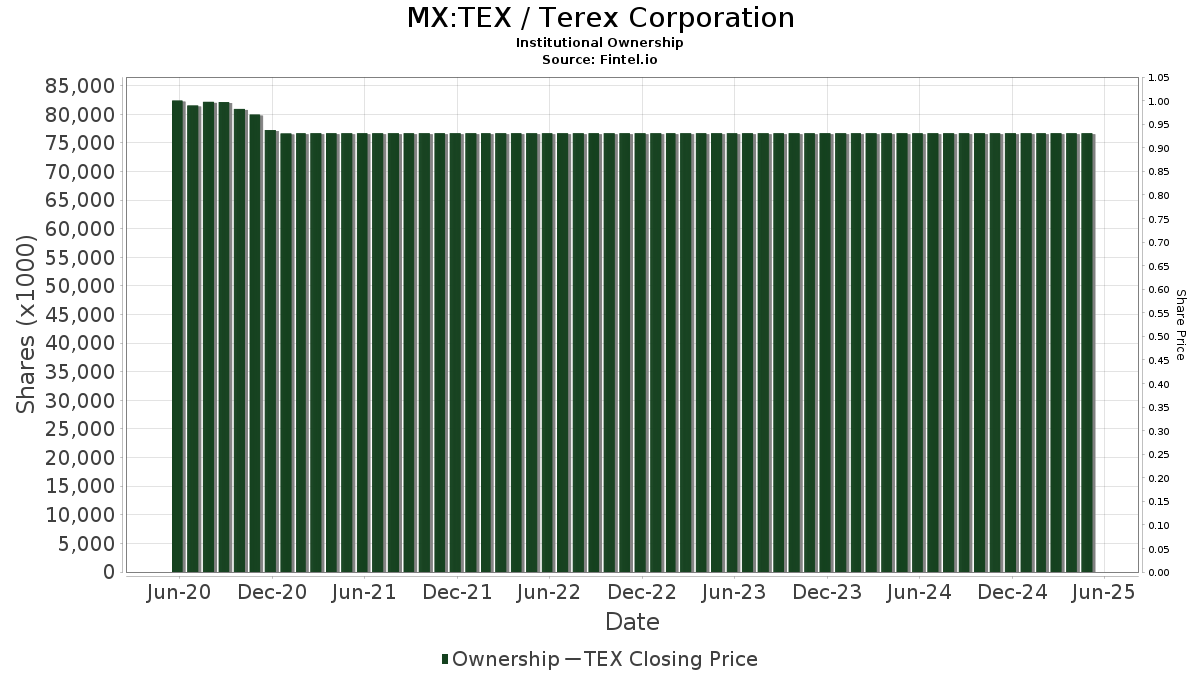Investors Eye Caesars Entertainment Ahead of Earnings Report
Traders interested in taking a calculated risk may see a significant opportunity with Caesars Entertainment Inc CZR. With the company’s first quarter 2025 earnings report set to be released on Tuesday after the market closes, interest in the stock is intensifying. However, market makers are not expecting a significant price increase, creating space for contrarian investments.
Current Volatility Trends
At present, the implied volatility (IV) for Caesars’ options expiring May 2 stands at 60.7%, notably lower than the realized volatility (RV) of 83.1%. The IV reflects the expected price movement and hints at future volatility, while RV shows historical price changes.
Typically, IV tends to exceed RV for various optionable securities due to two primary factors: increased uncertainty and option sellers seeking higher premiums to mitigate unexpected risks. In this case, Caesars’ lower IV relative to RV suggests that the market expects less volatility than what has occurred historically.
This perspective is understandable. While billion-dollar events like the NCAA March Madness tournament likely benefited gaming companies, investors might consider this data outdated by the time of the earnings report. Furthermore, ongoing geopolitical tensions that could impact the Macau gaming sector raise additional concerns for Las Vegas operations.
Analyzing Momentum Before the Earnings Announcement
A typical error in market analysis involves predicting future prices solely based on historical prices. For instance, technical analysts use fixed patterns to interpret fluid market signals. Similarly, fundamental analysts apply unchanging relationships, such as price-to-earnings ratios, to fluid market dynamics.
Investors can navigate this uncertainty by breaking down price discovery into significant, discrete events, allowing them to identify and quantify market sentiments — reactions of fear and greed that fluctuate over time.
Interestingly, at the start of this week, Caesars’ stock completed a “2-8” sequence—two weeks of increases followed by eight weeks of declines, resulting in a negative trend over ten weeks. Over the past ten years, this pattern has been observed nine times, with upward reversals occurring six times, or approximately 67% of the time.
While a sample size of nine may seem limited in many contexts, market behavior often differs; data can significantly influence investor reactions. Consequently, despite its limitations, technical analysis can be beneficial when used alongside other analytical methods.
Moreover, the notable price movement earlier this week, with Caesars’ stock increasing over 12% in the last five sessions, seems to be grounded in fundamentals. Analyst Shaun C. Kelley from BofA Securities noted that management reports no decline in Las Vegas visitation and booking trends.
Opportunities for Strategic Investments
Currently, based on the relationship between IV and RV, market makers expect Caesars’ stock to rise nearly 7%, suggesting a price range of $26.32 to $30.24. For investors feeling confident, a 29/30 bull call spread that expires this Friday could be an appealing option.
This strategy involves purchasing the $29 call option while selling the $30 call, using the income from the short call to offset part of the cost of the long call. At present, the net cash outlay for this transaction is $46. Should Caesars’ stock exceed the $30 strike price by expiration, this trade could yield a maximum return of $54, which represents over 117% profit.
For those willing to take a more aggressive approach, investors might consider stepping up both legs of the bull spread with a 30/31 setup. This would only require a net debit of $30 currently. If Caesars performs well and remains strong through expiration, the potential reward could increase to $70, yielding an impressive 233% return.
Now Read:
Image: Shutterstock
© 2025 Benzinga.com. Benzinga does not provide investment advice. All rights reserved.




